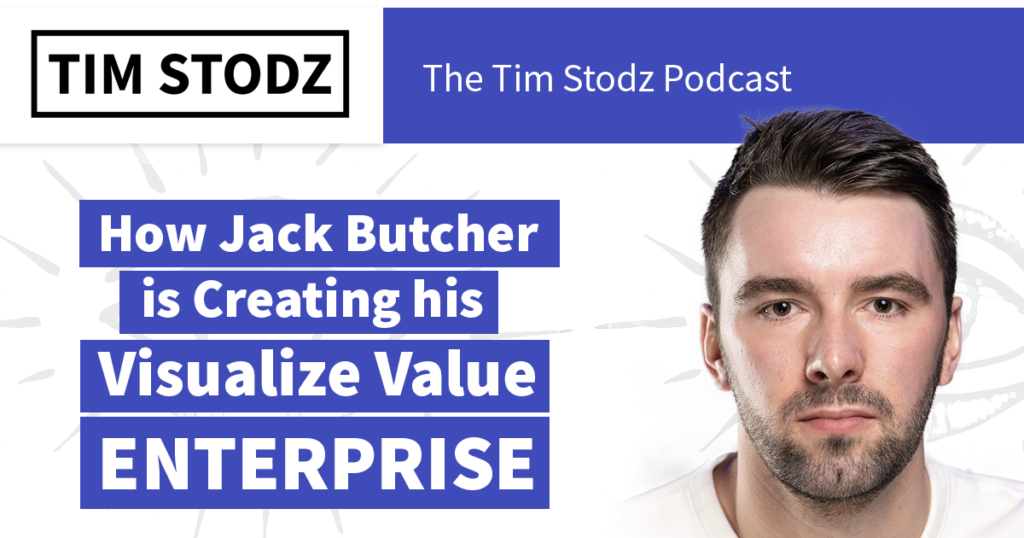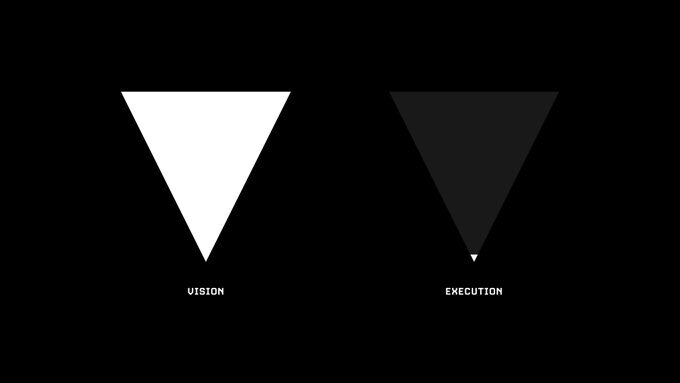

When we see objects that differ in size, we intuitively understand how they relate to each other in terms of volume and mass.īeyond physics, in the conceptual world, visual scale also communicates quantity, order, significance, respect, and much more. Scale conveys quantity, order, significance, respect.

You can expect all of the below, and much more. I took the course when it came out, and even as an experienced designer, I found clarity and tools that helped me with visual creation and teaching.
#Jack butcher visualize value how to
This content comes straight out of Jack's inaugural online course: How to Visualize Value. For non-designers, they are powerful tools that will boost your reports, presentations, and marketing ahead of the pack. What follows is a set of 12 visual communication devices that Jack uses to create his acclaimed visuals.įor designers of all walks, these are fundamental building blocks that we must not only recognize but master. It's about time we turned our attention to how Visualize Value's designs are made. Both our vision and tactics are informed by his work and teachings. It's no secret that Design Disciplin looks up to Jack and Visualize Value. Jack turned visual design in its purest form into a business, community, and institution. Applying design thinking and product development to serve his audience turned millions of eyeballs into millions of dollars. Packaging his craft into bite-sized, shareable posts with a sharp visual style on Twitter and Instagram earned him the attention of millions.
#Jack butcher visualize value professional
Jack's Visualize Value brand was born from his skill in creating professional presentations. Perhaps no other living designer has leveraged visual communication quite like Jack Butcher. Even designers who work with intangibles like sound, strategy, and "experience" must rely on the fundamental skill of visual communication in the process of creating those end results. This biological fact is the foundation of all design disciplines. But even this radical speed differential understates the power of visual perception: The information content in pictures can be vastly more than words. Most people read 3-5 words per second, while humans in scientific studies have been able to identify images seen for as little as 13 milliseconds. Our species dominates the world because we alone are able to communicate with each other at scale, about things both real and imaginary.īut since long before we could read, write, or even talk, we have been relying on visual information to survive. Language is the most important technology invented by humans.


 0 kommentar(er)
0 kommentar(er)
